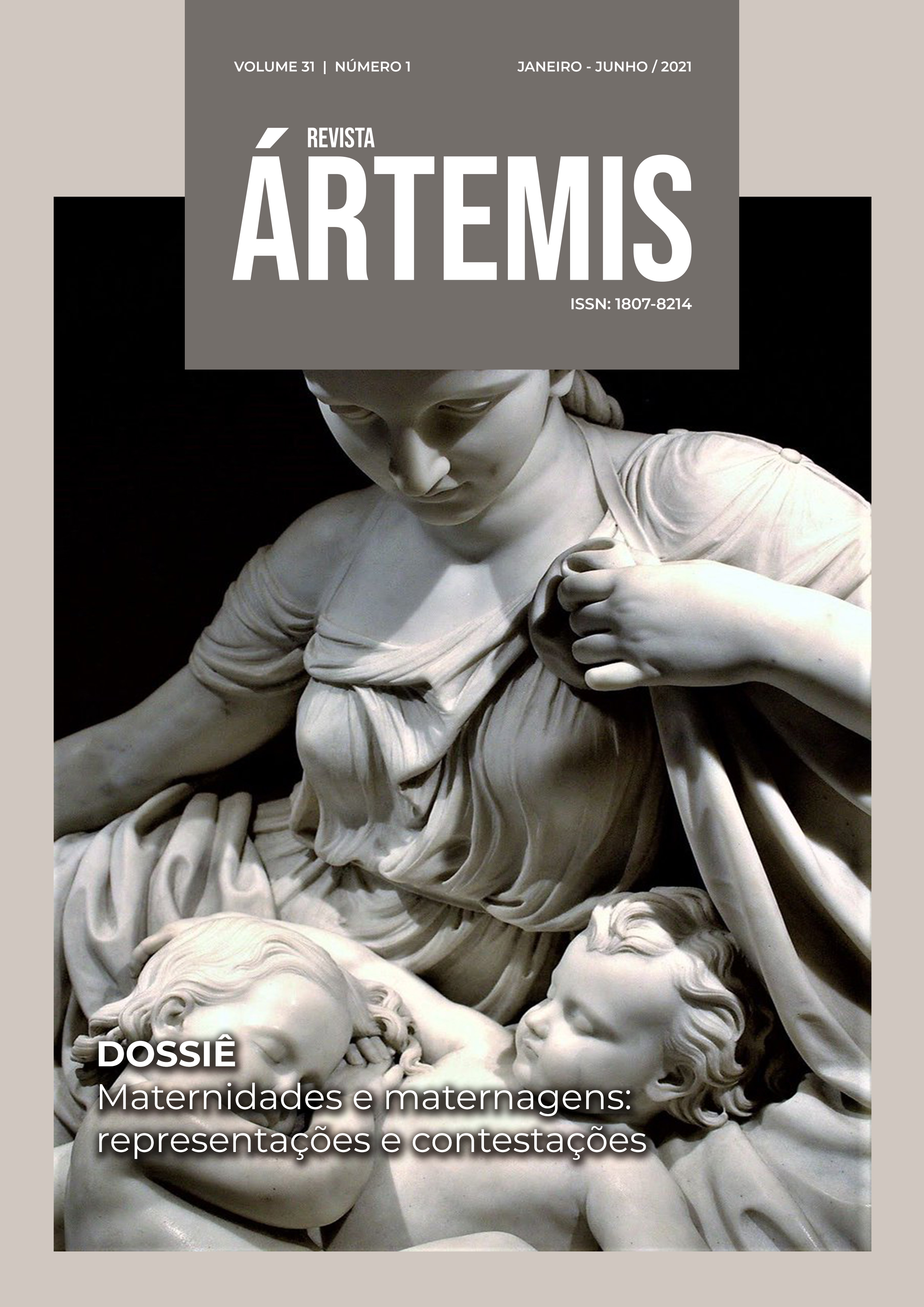Gender and Aging
an analysis of the aged body from the social representations shared by old men and women
DOI:
https://doi.org/10.22478/ufpb.1807-8214.2021v31n1.56295Keywords:
Aging, Gender, Body, Social RepresentationsAbstract
This article proposes to analyze the social representations of men and women about their aged bodies. There are two notions linked to the social imaginary of aging: the first consists in the traditional representation of the old age assigning to the old person an image associated with physical decay and the absence of social roles; the other notion gives new meanings to this stage of life, encouraging self-surveillance of the bodies and accountability of subjects for the success of aging. In this regard, the presented research aims to understand the representations of the elderly about the aging process from gender. The methodology of the study consisted of semi-structured interviews in a Long-term Care Institution and a companionship group, both located in Cuiabá (MT). It was found that shared social representations enhance the young body as a hegemonic pattern of the body that produces work. Furthermore, the social construction of gender is revealed as a fundamental aspect in the experience of aging, especially for women, since they are expressively demanded by society for maintaining the youth of their bodies.







